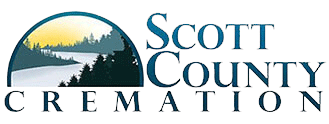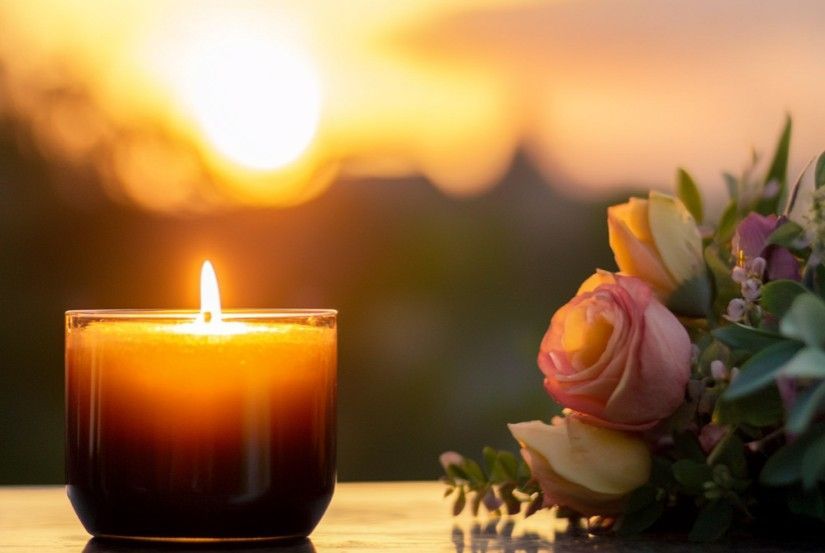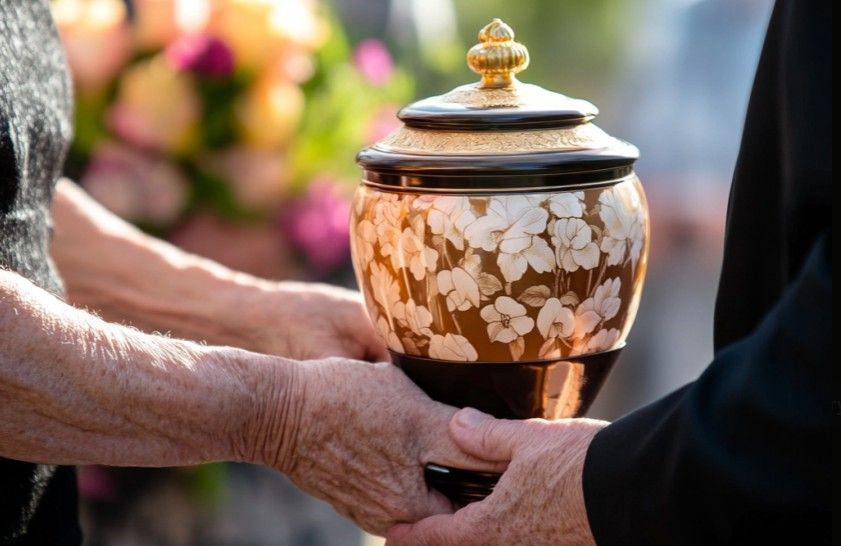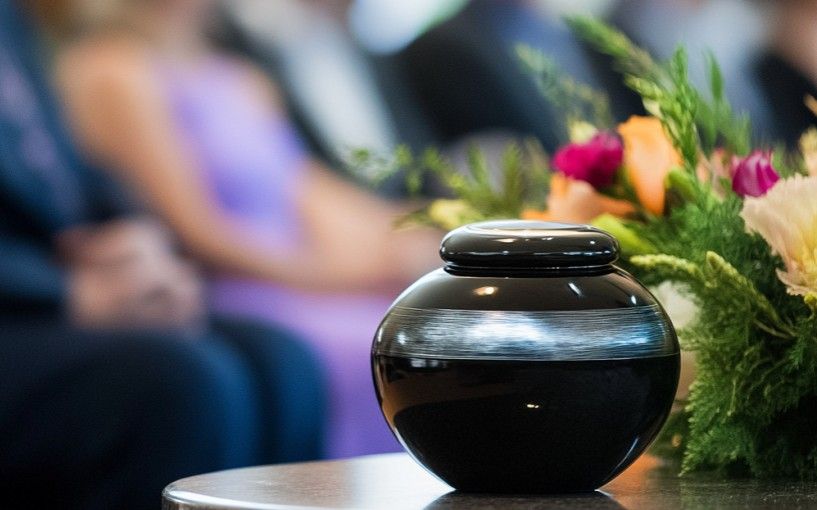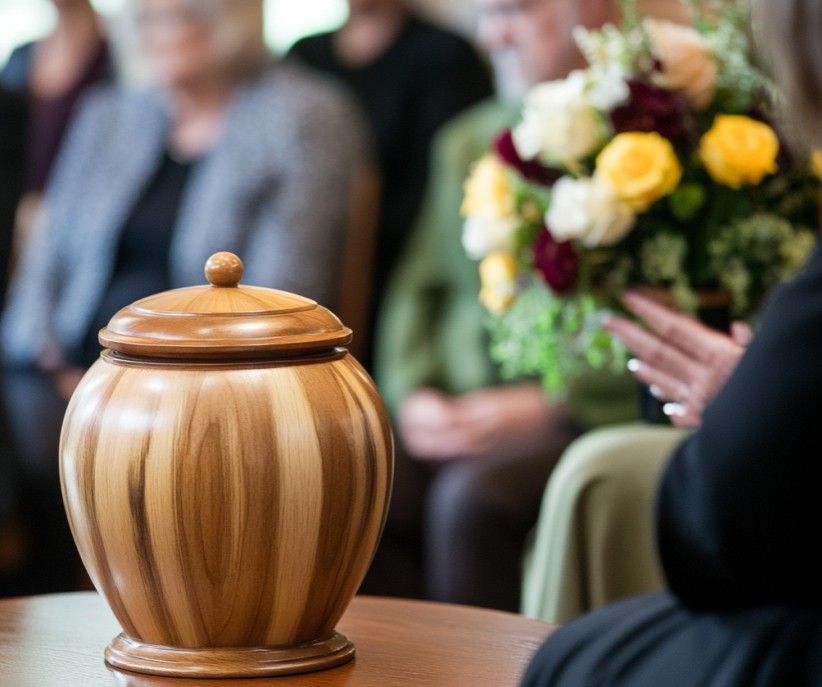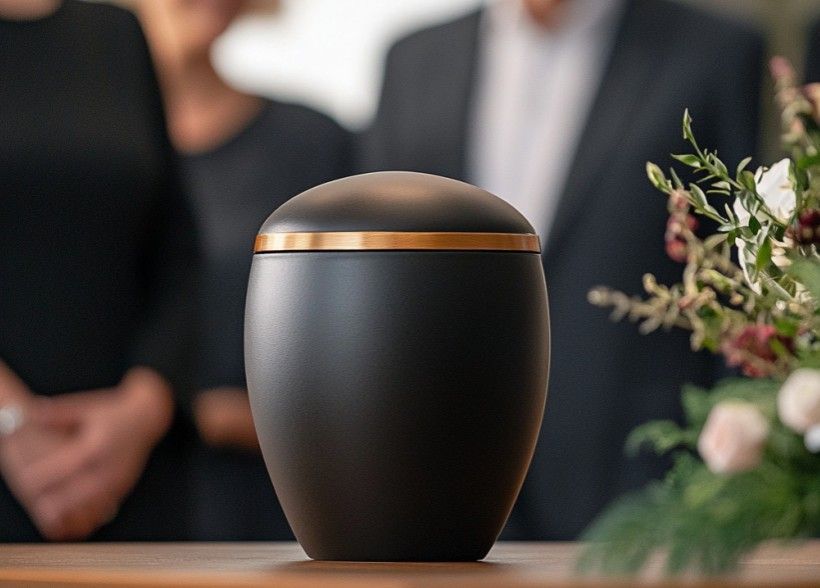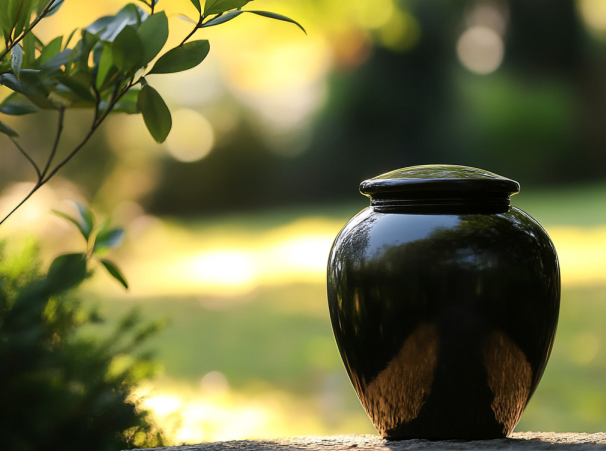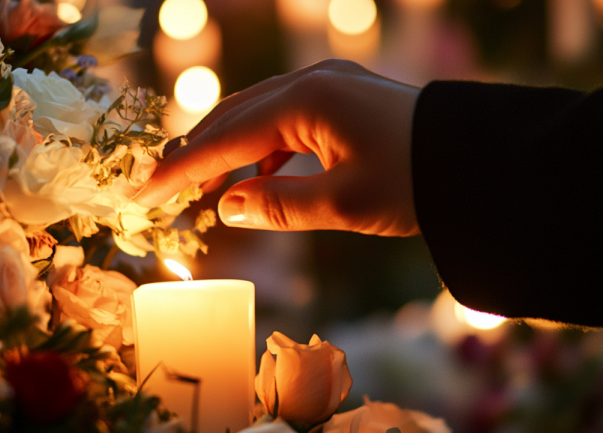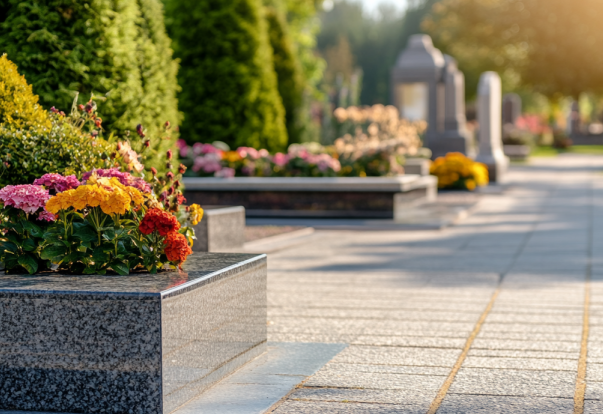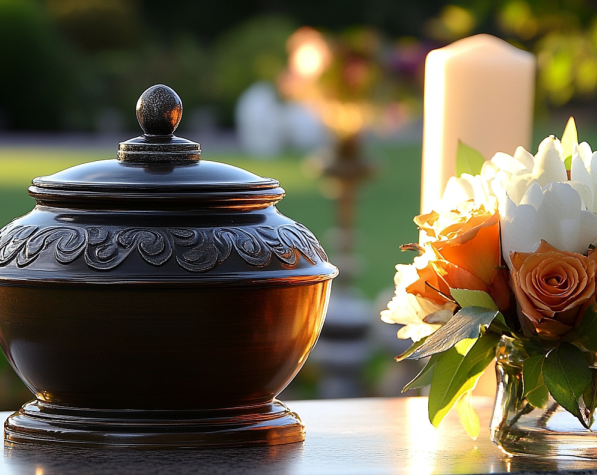History of Cremation
Cremation has taken its rightful place in history and has become a viable alternative for burial. Read on to learn the history of cremation and its effects.

In the last several decades, cremation has become more common. There has been a recent shift in perspective, with some people now seeing cremation or other methods of corpse disposal as a viable replacement for the more commonplace funeral service. We wonder whether you've ever stopped considering that idea's origin. What preconceptions did people have about cremation, and how have they changed through time? Cremation services in Burnsville, MN offer the following history of cremation. Don't hesitate to contact us without delay if you need assistance planning a cremation service for a loved one who has passed away.
The History
The debate on where cremation came from is far from settled. Crematoriums were first built in Europe and the Middle East about 3000 B.C., according to studies by CANA (The Cremation Association of North America). Since skeletal remains have been unearthed from a wide variety of ancient cultures, we know that cremation was a standard part of the burial ritual in most of those communities.
In India, cremation has been a standard procedure since the early 20th century. In the beginning, there was genuine excitement, and that feeling has persisted throughout time. The ancient Romans also used urns to hold cremated remains.
In 1913, about 10,000 people a year were cremated in the United States and Canada. Modern cremation methods didn't emerge until a little over a century ago. Due to the widespread influence of environmental and economic worries on North American popular culture, cremation is a growing trend throughout the continent.
Modern Cremation
People in the West and elsewhere have increasingly opted for cremation since the 1980s. Several causes may have contributed to its growth, including price, environmental concerns, innovation, religious beliefs, and other motivations. More than nine thousand cremations were performed in the United States in 2009, and this figure has consistently risen.
Many different kinds of cremation practices have emerged in the modern day to accommodate the great diversity of beliefs and rituals individuals have for the final disposition of the ashes of a departed loved one. Direct cremation, green or environmentally friendly cremation, cremation using fire or water, and many more methods exist.
Direct Cremation
Direct cremation is often utilized since it is inexpensive and straightforward. Several factors contribute to the widespread use of this cremation method. This method of cremation is relatively cheap when compared to others. When there is nothing else to do while waiting, the amount of time spent doing so is small.
The last steps only take a few hours, and all necessary paperwork has been filed. However, the time required may vary depending on several variables, including the kind of cremation service used, the deceased's weight and height, and a few others.
Green Cremation
The Mayo Clinic inspired the groundbreaking technique of "green cremation," which is now offered publicly. Green cremation has replaced the more vicious and environmentally irresponsible approach of traditional cremation over an open flame. Like a typical cremation, the ashes are collected and returned to the family. In contrast, the Green Cremation process is the most eco-friendly since it does not include the use of open flames.
Fire Cremation
Using flame and heat reduces the body to bare bones in the "conventional" flame-based technique. Traditional cremation refers to this practice. Combustion may be thought of as having two phases. Primary combustion involves the release of gases from the breakdown of organic matter and even some of the components of the container) before any combustion takes place.
Water Cremation
Aquamation, also known as alkaline hydrolysis, is a method of cremation that does not include the use of fire. The rotting corpse is heated to around 150 degrees Celsius for about three to four hours after being placed in a pressurized metal cylinder with water and a strong alkali-like potassium hydroxide.
Those needing cremation services in Burnsville, MN should not delay contacting a local business if they have more inquiries.
